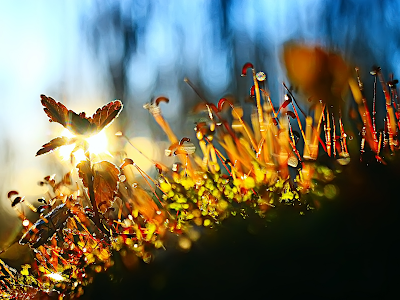Present-day Kazakhstan is made up of several micro continental blocks that were broken up in the Cambrian and then crushed back together then smashed up against Siberia and came to rest where we find them today.
Mangyshlak or Mangghyshlaq Peninsula is a large peninsula located in western Kazakhstan. It borders on the Caspian Sea in the west and with the Buzachi Peninsula, a marshy sub-feature of the main peninsula, in the northeast. The Tyuleniy Archipelago lies off the northern shores of the peninsula.
Lowlands make up one-third of Kazakhstan’s huge expanse, hilly plateaus and plains account for nearly half, and low mountainous regions about one-fifth. Kazakhstan’s highest point, Mount Khan-Tengri (Han-t’eng-ko-li Peak) at 22,949 feet (6,995 metres), in the Tien Shan range on the border between Kazakhstan, Kyrgyzstan, and China, contrasts with the flat or rolling terrain of most of the republic.
The western and southwestern parts of Kazakhstan are dominated by the low-lying Caspian Depression, which at its lowest point lies some 95 feet below sea level. South of the Caspian Depression are the Ustyurt Plateau and the Tupqaraghan (formerly Mangyshlak) Peninsula jutting into the Caspian Sea.
Vast amounts of sand formed the Greater Barsuki and Aral Karakum deserts near the Aral Sea, the broad Betpaqdala Desert of the interior, and the Muyunkum and Kyzylkum deserts in the south. Most of these desert regions have slight vegetative cover eeking out a slim existence fed by subterranean groundwater.
Depressions filled by salt lakes — whose water has largely evaporated — dot the undulating uplands of central Kazakhstan.
In the north, the mountains reach about 5,000 feet, and there are similar high areas among the Ulutau Mountains in the west and the Chingiz-Tau Range in the east. In the east and southeast, massifs — enormous blocks of crystalline rock — are furrowed by valleys.
The Altai mountain complex to the east sends three ridges into the republic, and, farther south, the Tarbagatay Range is an offshoot of the Naryn-Kolbin complex. Another range, the Dzungarian Alatau, penetrates the country to the south of the depression containing the icy waters of Lake Balkhash. The beautiful Tien Shan peaks rise along the southern frontier with Kyrgyzstan.
As well as lovely ammonite outcrops, dinosaurian material and pterosaur remains are also found in Kazakhstan. The ammonites you see here are in the collections of the deeply awesome Emil Black.
Paleo Coordinates: 44 ° 35'46 ″ 51 ° 52'53″




































